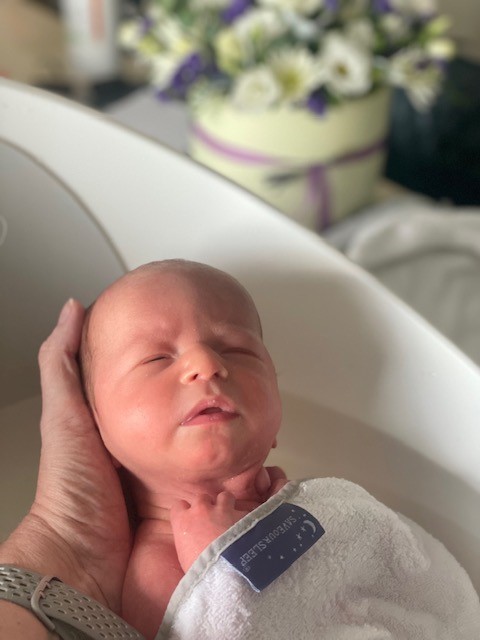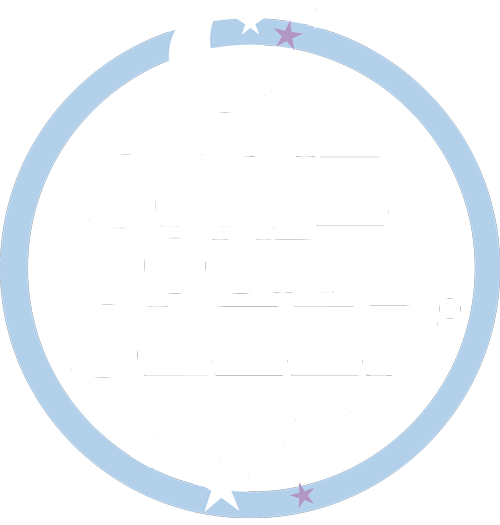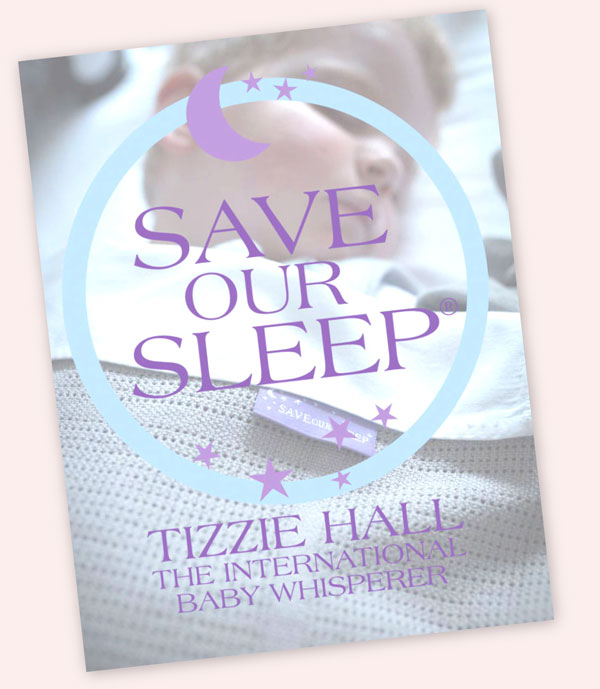I don’t remember ever not knowing how to bath a baby it is something I have always done.
However I get asked all the time to help clients’ readers and friends with their baby’s first bath and it is something I love to do. For some new parents bathing a newborn baby can be worrying when it is meant to be a moment to enjoy.
Bathing your baby or toddler should be an enjoyable time and a time to bond with your little one. Below I have shared some tips and advice to help you get the most out of bath time and I have also shared some of the bath products that I recommend to help you.

Bathing your new baby
For the first week or so, until your baby’s umbilical cord stump falls off and the area heals, it’s best to stick to a top-to-toe bath with a warm, wet sponge or facecloth. Always wash your baby’s face and hands first and his groin last. You should also wash your baby’s groin at each nappy change.
After the umbilical cord stump dries up and falls off and the area has healed, you can start giving your baby real baths. While a baby is tiny, it makes most sense to use the kitchen sink or a small plastic baby bath instead of a standard one. Some parents choose to bath their baby every day and make this part of the daily routine, but this is not essential – although once your baby is crawling around you will probably feel you have no choice but to bath or shower him every day!
When you do bath your baby, you may find it a little scary at first. Handling a wriggling, wet and soapy little creature takes practice and confidence, so stay calm and maintain a good grip on him. Some babies find the warm water very soothing; if so, let him linger. Others cry through the whole bath or when you get him in and out. Keeping the bathroom warm can help. Another trick is to try putting a wet facecloth on your baby’s tummy to help him feel secure while in the bath.
The first bath
- Get everything you need ready first: mild soap, cottonwool balls, towel, nappy and clothes.
- Fill two-thirds of the bath and carefully check the temperature with your elbow. The water should be no hotter than 38°C. A baby can get third-degree burns in less than 50 seconds if the water is at 60°C.
- Making the room warm will help this to be a nice experience for you and your baby and a cold room could give him a shock. Bring your baby to the bath area and undress him completely.
- Gradually slip your baby into the bath feet first, using one hand to support his neck and head. Pour cupfuls of water over him regularly during the bath so he doesn’t get too cold.
- To clean him, use just water or a very small amount of mild baby soap as you wash him with your hand or a facecloth from top to bottom, front and back. When your baby is used to having regular baths, a good habit to get into is to wash his face and hair over the bath before you put him in. Use moistened cottonwool balls (no soap) to clean his eyes and face. If dried mucus has collected in the corners of your baby’s nostrils or eyes, dab it several times to soften it before you wipe it out. Wash his scalp with a wet, soapy facecloth.
- Rinse your baby thoroughly and then lift him out of the bath, with one hand supporting his neck and head and the other under his bottom, with thumb and forefinger around one thigh. A wet baby can very easily slip out of your hands.
- Wrap your baby in a towel and pat him dry. If his skin tends to be dry, you may want to apply a mild lotion or cream, such as Sudocrem, after his bath. Then put his nappy on and dress him.
For more information on looking after your baby consider Save Our Sleep.
Bathing your toddler
It is a good idea to include a bath as part of the bedtime routine. When your toddler was younger you may have been able to skip the bath on some nights. But most toddlers manage to get into so many different activities in the day they need a good soak in the bath each night to get all the day’s dirt off. Daddies often enjoy giving children their bath so this can become a Daddy job in your household.
Most toddlers enjoy their bath because they know that afterwards they can have a good play. You do not need to buy special bath toys as you can often find great things around the house for her to play with in the bath – for example, plastic cups, bottles and funnels.
When your toddler is older you may feel you have more freedom while she plays in the bath, but this is a false sense of security. You no longer need to keep a hand on her to support her but you do need to stay with her at all times. Never leave her alone in the bath even for a second. She can very easily slip down under the water or turn on the hot tap. A toddler can drown in seconds in the smallest amount of water, so do not pull the plug out and then turn your back thinking all is well, because your toddler can put the plug back in or sit on the plughole and the water will not drain away. Also, remember that little boys can have their privates sucked down the plughole so it is better to pull the plug once your little one is out of the bath.
Over the years I have come across a few problems with toddlers and bathing, and this is usually for several reasons – for example, if bath time is too close to bedtime and the toddler is overtired or if there are not clear boundaries around bathing.
Some toddlers who are very happy in the bath can suddenly become scared of it. If this happens you need to take your toddler’s fears seriously. I find when toddlers starts to walk they become a little frightened in the bath because they cannot stand up without slipping. I do not think a toddler should be allowed to stand up in the bath, but to overcome this fear I have found getting a pair of shoes suitable to wear in the bath a few times helps the toddler overcome her fear.
Toddlers can also be scared by the water going down the plughole after the bath is finished. You can try making a game out of the water going down the plughole so the sound is not so scary. Some professionals suggest leaving the plug in until the toddler is out of the bathroom but I am concerned you might get side-tracked and leave the bath full. Your toddler may return later in the evening or the next morning and could climb in and accidentally drown.
If your toddler has a problem with bath time and the above suggestions have not worked or do not apply to your situation, you could try taking a bath and making it look like lots of fun but do not invite your toddler in until she asks to get in. Or you could allow her to sit in the bath with no water to play and get used to it again. Or you could pop a baby bath in the bathtub and let her sit in the empty big bath and play with the toys in the little bath and wash her as she plays. Every few days you could put a little more water in the baby bath so it overflows into the big bath.
You need to have clear boundaries set around bathing and what is acceptable behaviour in the bath and what is not. These boundaries need to be household boundaries and agreed upon with all the adults supervising the bathing of your toddler.
One boundary I set is no standing in the bath. If a toddler is just starting to stand up she will want to test this new skill but you need to sit her back down and tell her in a clear voice: ‘No, no standing up in the bath. Standing in the bath is not safe.’ If the standing continues you need to say: ‘Mummy doesn’t want to take you out of the bath but if you stand up you are asking Mummy to take you out of the bath.’ If you are consistent with this boundary and take your toddler out when she stands up, she will work out very quickly that she needs to sit down if she wants to stay in the bath. Often a toddler will learn this boundary so well that when she wants to get out she will stand up, giving you a clear sign she has had enough of the bath.
Another bath boundary is that the water and toys need to stay in the bath. The first time your toddler soaks you with a flying tub of water is funny but the joke soon wears off. For this one you need to calmly tidy up the bath toys and say: ‘If you are not going to keep the water and toys in the bath I am taking the toys away.’ The toys should also be removed if your toddler is upsetting another child in the bath by throwing water on them.
The taps need to always be off limits to your toddler. If your toddler insists on playing with the taps then bath time is over. Say: ‘Mummy doesn’t want to take you out of the bath, but if you play with the taps you are asking Mummy to take you out of the bath.’




